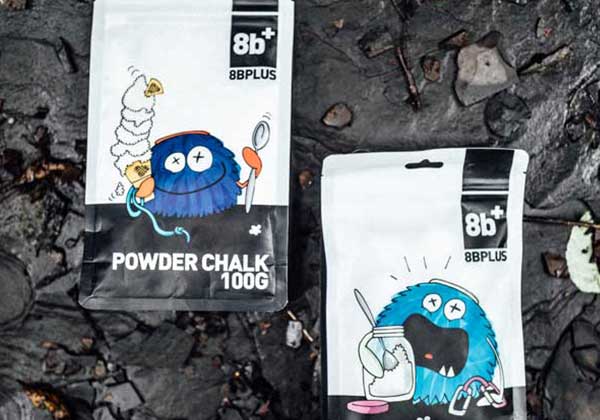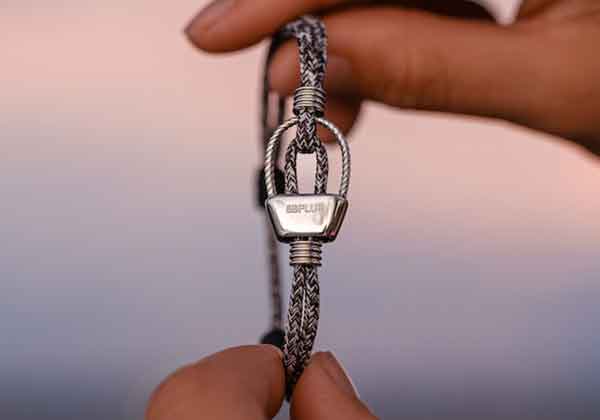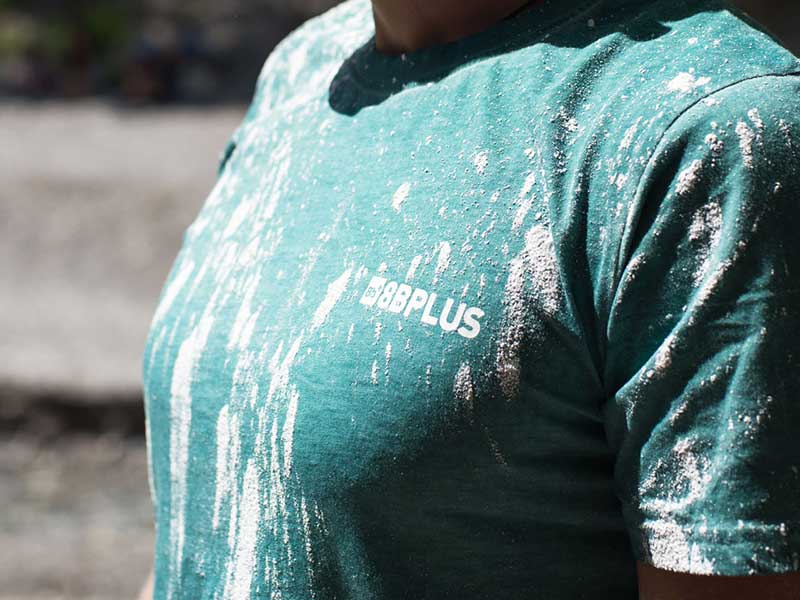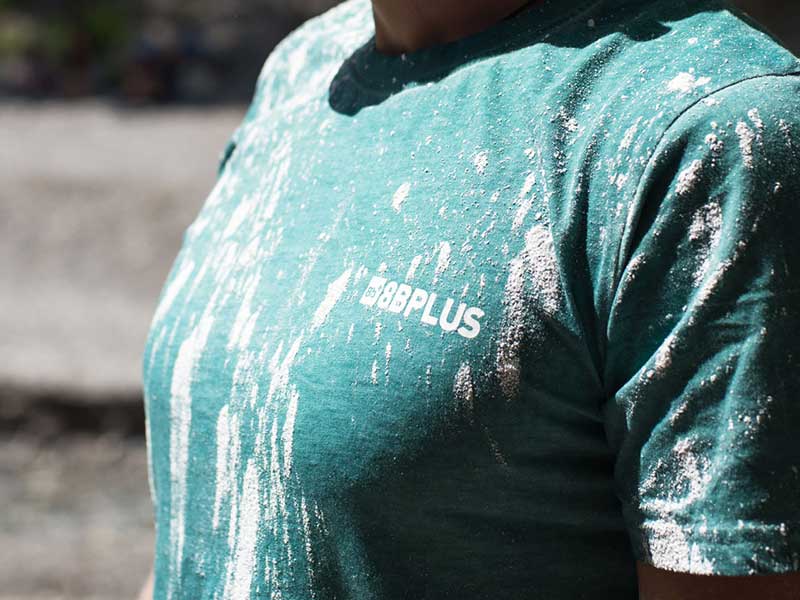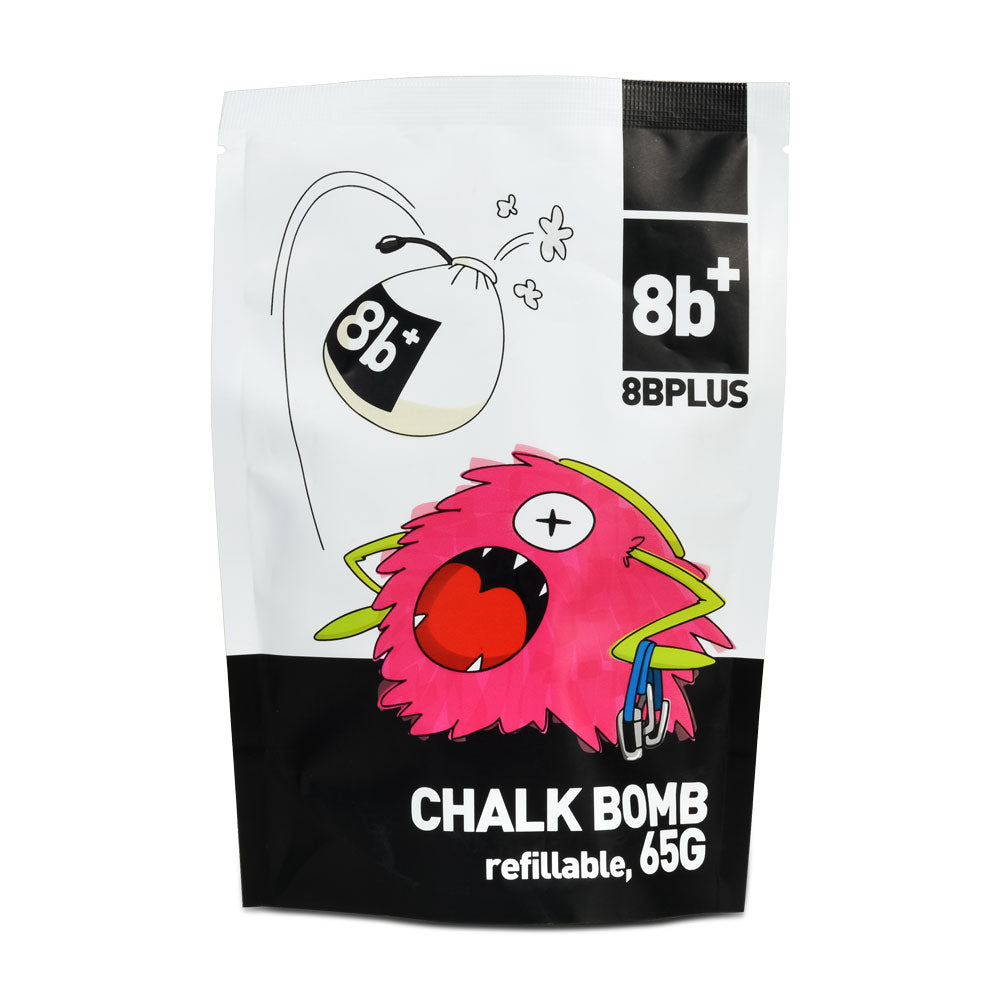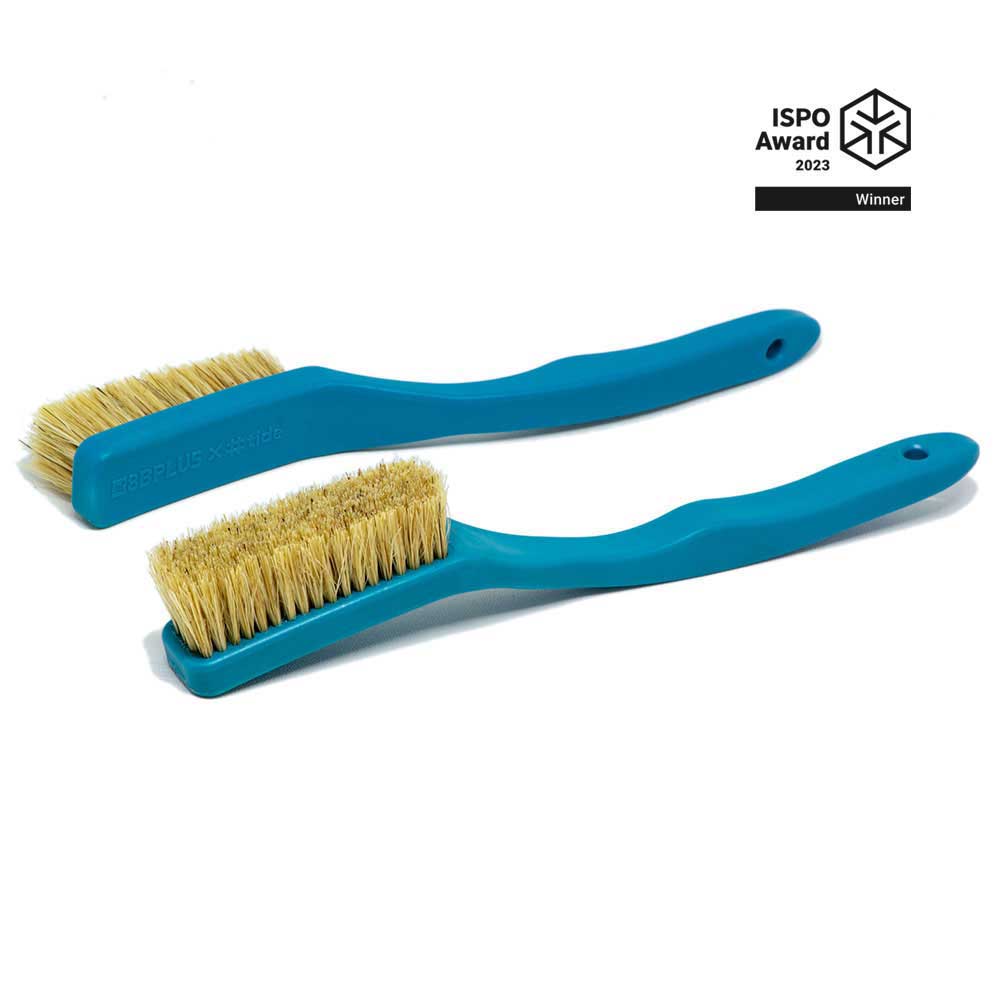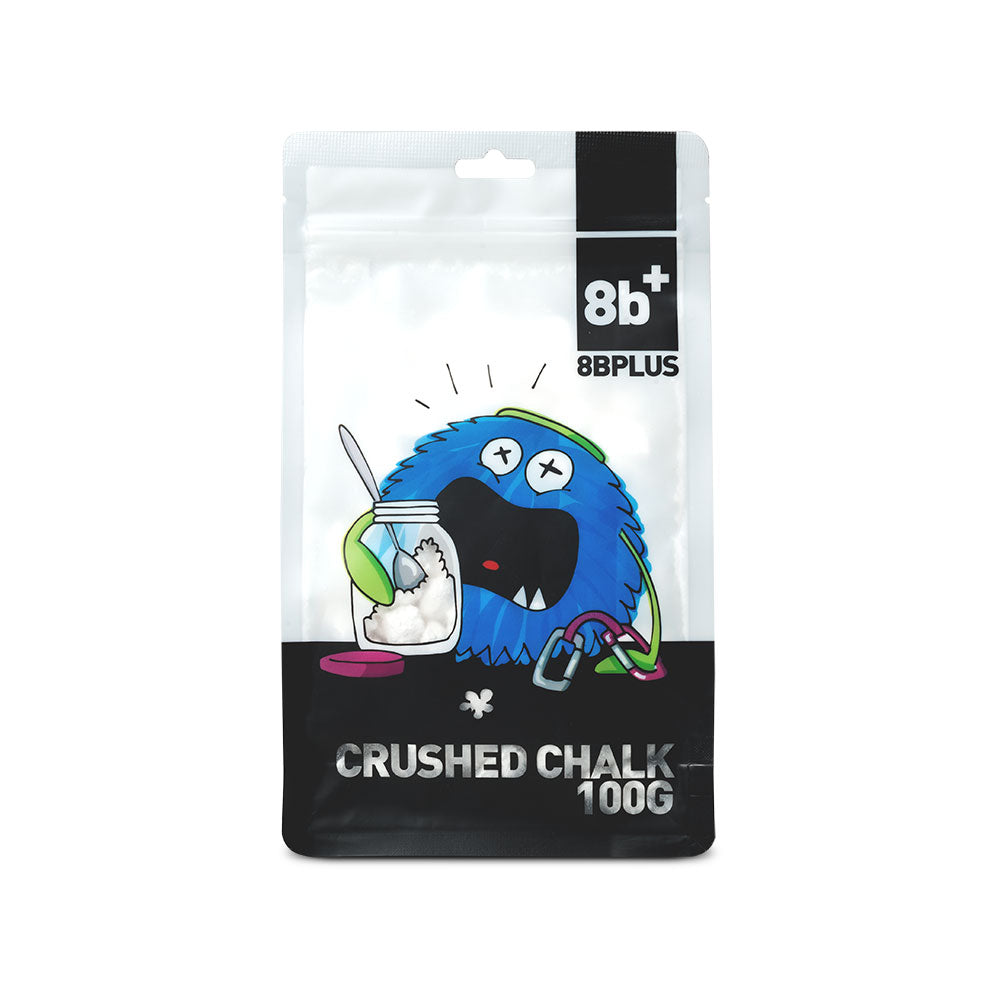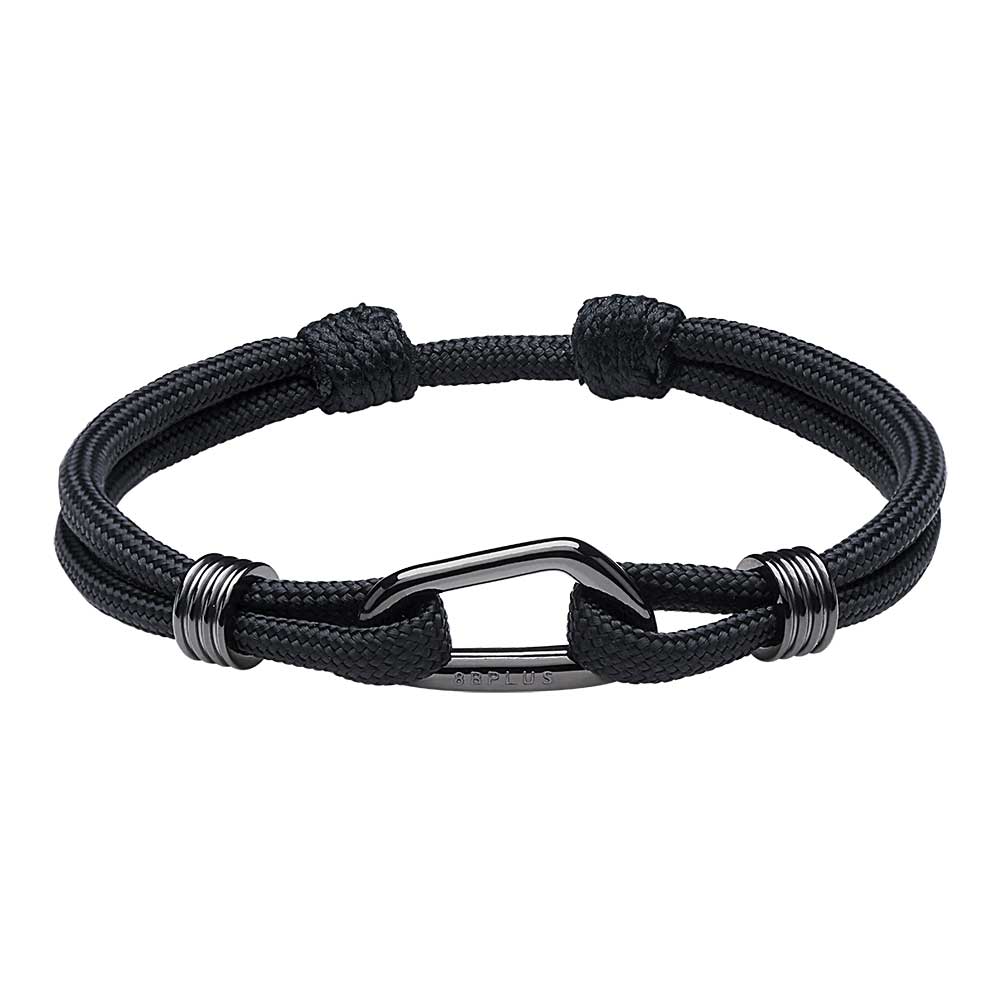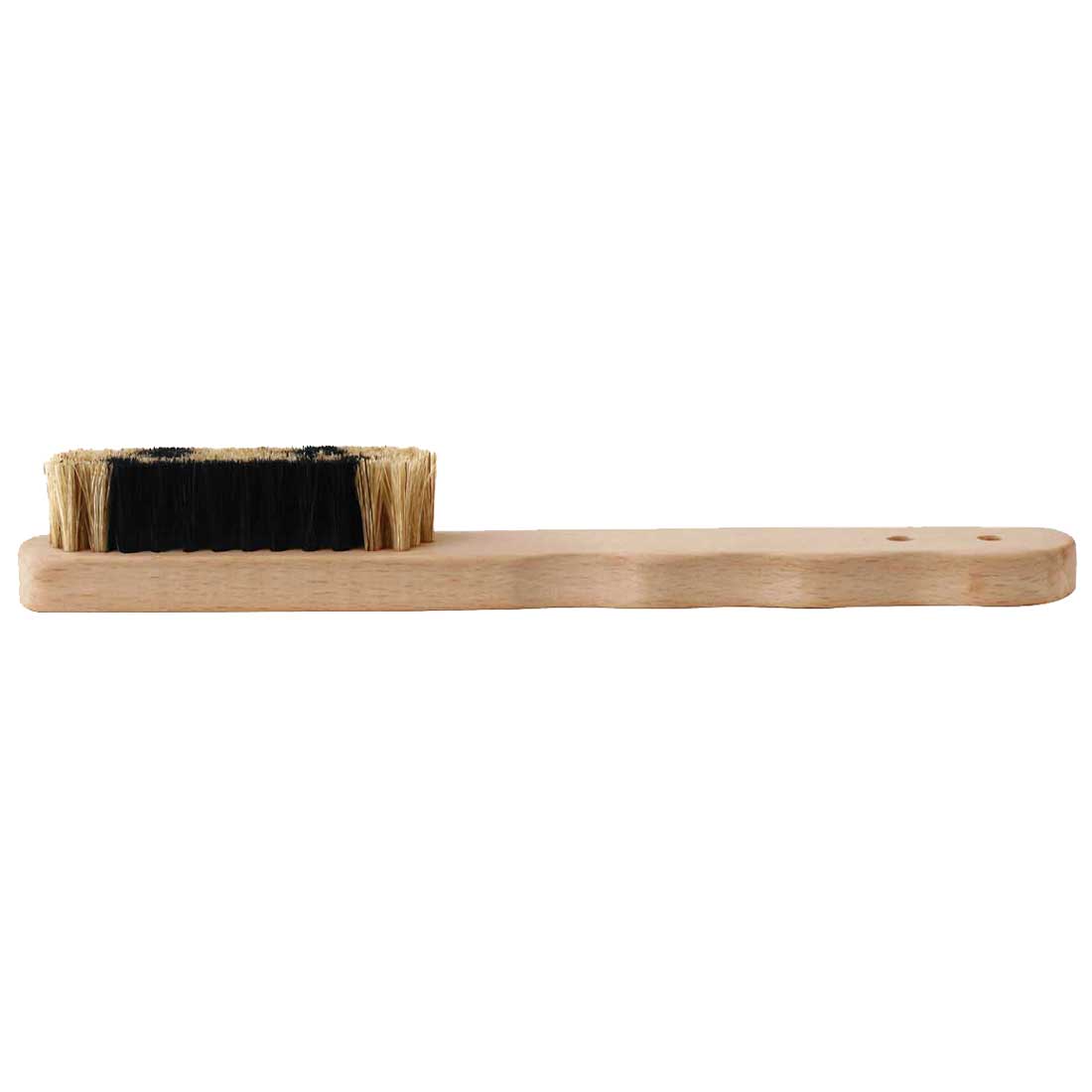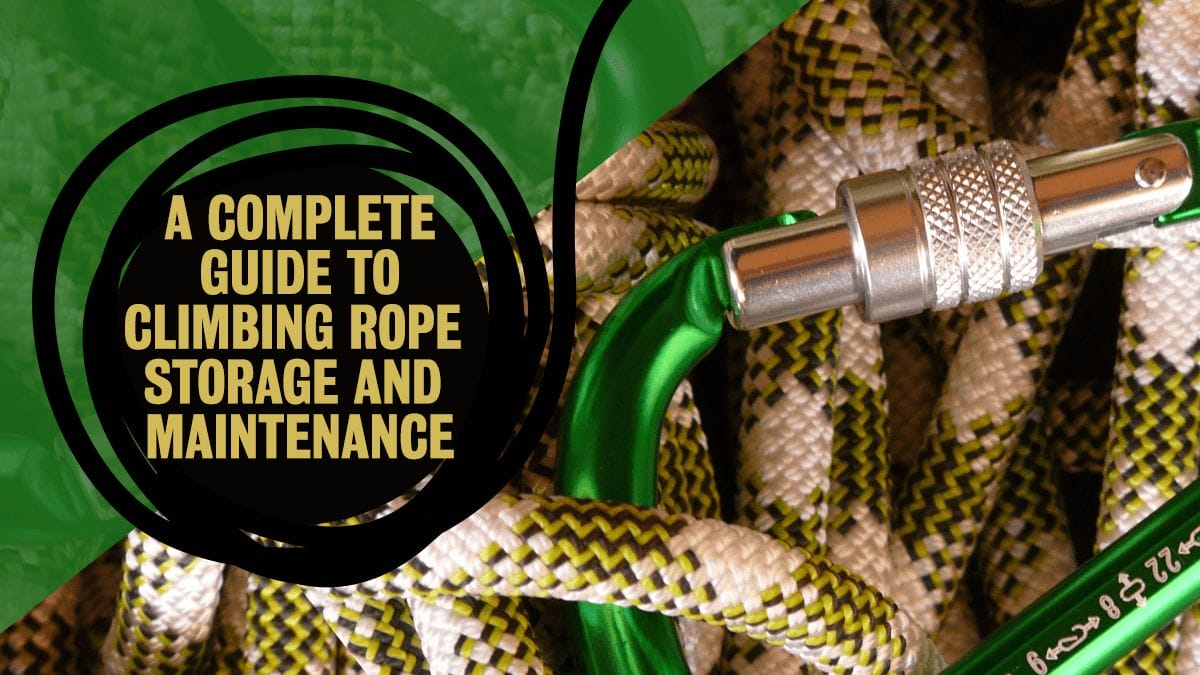
A Complete Guide to Climbing Rope Storage and Maintenance

It’s been said a crafter is no better than their tools. A climber, on the other hand, is no safer than their tools. Keep your tools in shape and they will keep you from drastically changing yours.
You don’t use as much rope in bouldering as rock climbing, but a good top rope makes things safer, especially for beginners. The infrequency of use is one reason to know all about climbing rope storage.
Always check up on the dynamic performance rating (UIAA or similar low-stretch) before using a rope as a top rope.
Climbing Rope Storage Musts
Storage doesn’t only apply to when the rope’s at home waiting for the weekend and your next adventure. You want to be considerate of the conditions the rope rides to the site in as well.
You don’t store a rope in a temperature-controlled glass case at home only to toss it in a hot truck for a five-hour drive through the desert. Doing that and pretending the rope didn’t suffer any wear is crazy.
Storage
The best storage conditions for rope are the same as chalk. You want to avoid direct sunlight and heat. Keep moisture out, which includes chemical exposure, and avoid acids.
Cool, dark, and dry places fit the bill.
Rope storage bags keep excess moisture from getting to the rope by being breathable but also including water wicking tech.
Washing
Wash a rope to remove excess particles such as chalk, dirt, and grime. Over time, these external bits will work their way inward and erode the core.
Hand washing is the way to go. Run the rope bit by bit through a sink of warm (not hot) water with standard dish soap or dye friendly sensitive laundry detergent. Don’t use hand soaps as they contain caustic chemicals (acids) that eat your rope.
Work the rope through your hands to remove particles and make sure the rope is smooth. Because you are feeling across the rope anyway, this is an excellent time to check the sheath for any breaks or frays.
The final step in washing climbing rope is a thorough rinse. You want all the soap gone to keep it from excreting during use and also to prevent corrosion. Running the rope under a faucet wastes water.
Instead, drain the sink/tub and half fill again. Repeat this until the water is clear.
Drying the rope should be done with a towel or hanging. Don’t put it outside in the sun. Don’t store the rope until it’s dry (that breaks the whole dry storage thing).
Lifespan
Rope, kept in good condition, lasts three to six years. A rope used daily to take heavy falls (like a top rope should) doesn’t need to be replaced quickly as long as it shows no external signs of damage.
Get Geared
There you have it. The keys to success in climbing rope storage and maintenance mimic climbing itself. Always be vigilant and thorough.
With your rope set as a fail-safe, its time to chalk up. If you need chalk and chalkbags with a ton of personality, check out our site and shop around.




